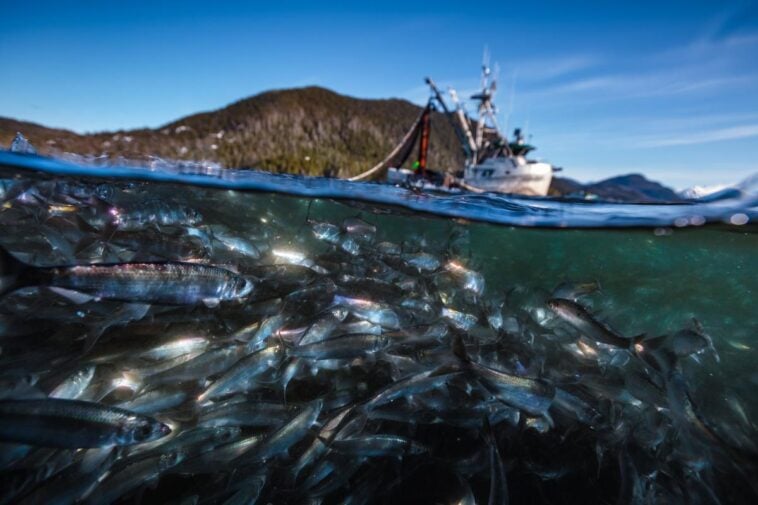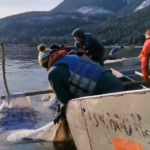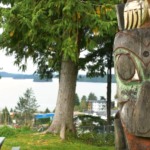[This story originally appeared on The North Coast Review, a blog based in Prince Rupert that contains “items of interest to those living on the North Coast of BC.”]
Officials from fishery groups with Metlakatla and Lax Kw’alaams are relaying their disappointment following a meeting with DFO personnel on March 15, 2021, regarding the proposed 2021 commercial herring opening.
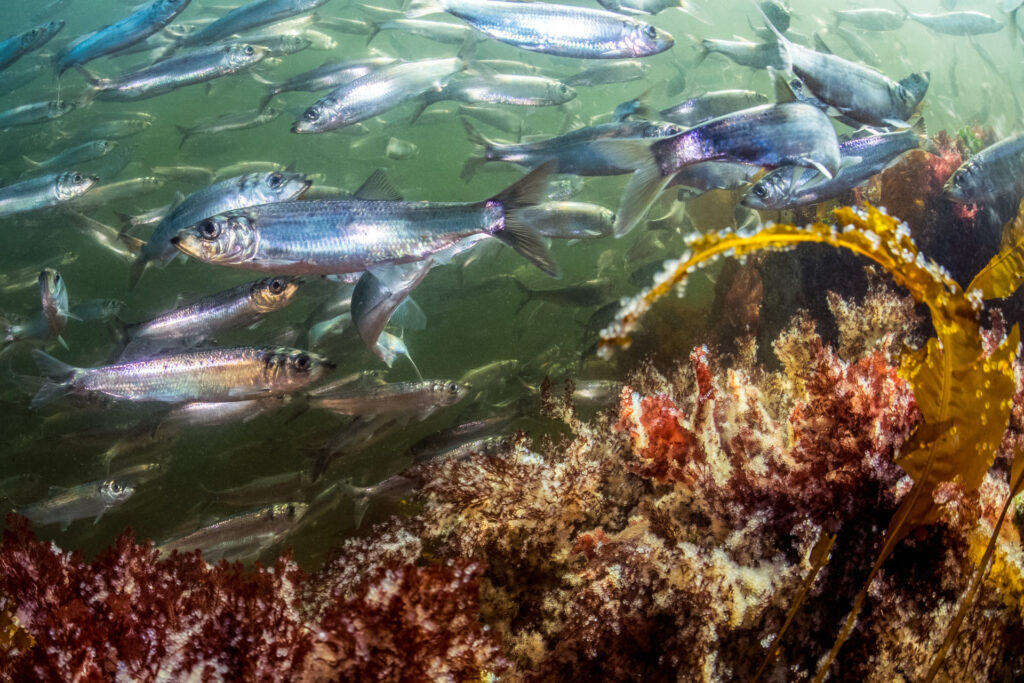
Working together as part of a Coast Tsimshian partnership they have issued a joint letter to outline their concerns over the status of the herring stocks and how they believe the Herring Integrated Fisheries Management Plan was seriously flawed and ignored the fundamental obligations of DFO.
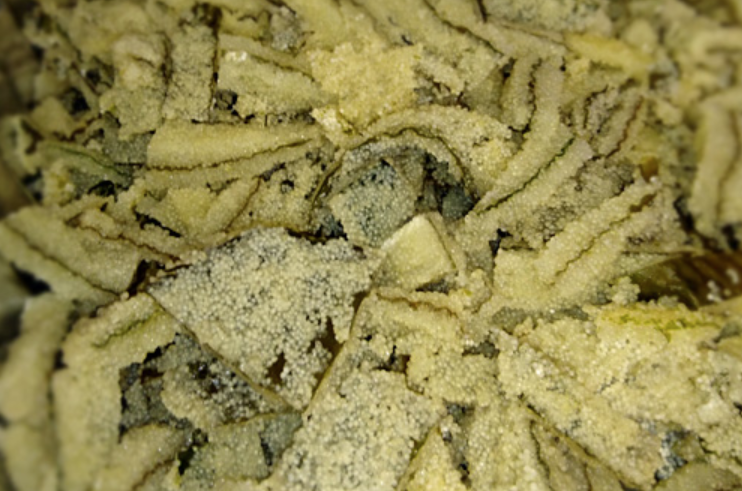
“The strained herring population does not support commercial removals as current stocks cannot support Coast Tsimshian food requirements, and low stocks are also impacting many other species highly dependent on herring,” the letter reads.
In their statement issued Monday afternoon, the Coast Tsimshian outlined their concerns with the current evaluation process for the Prince Rupert District and how the information related to it is assembled.
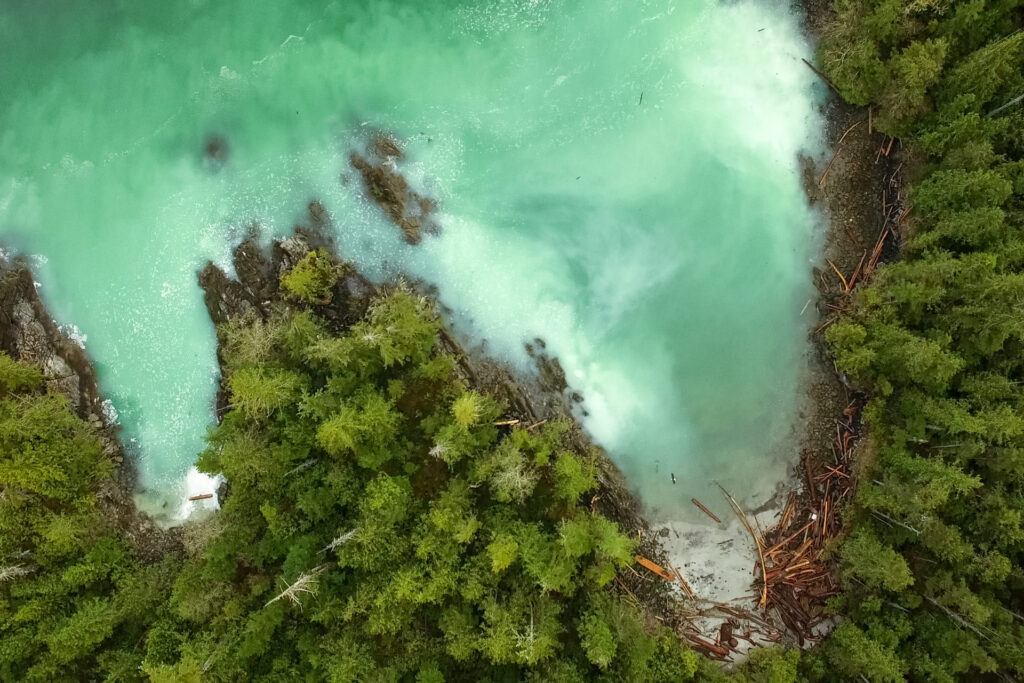
“DFO decision-makers are responsible for accurately interpreting the data and science and, at the very least, each region in BC should be independently evaluated to select the most appropriate model,” it reads. “It is critical for DFO to start carefully and diligently assessing and considering the limitations and assumptions used in existing data and resource models.”
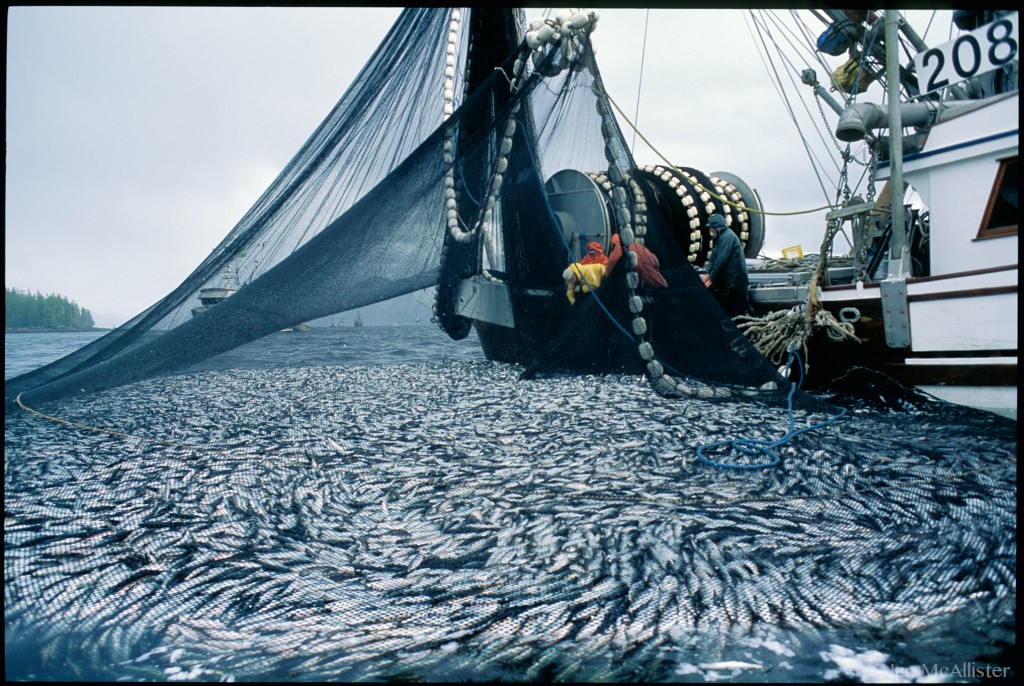
Officials from both Lax Kw’alaams and Metlakatla also note that they have serious concerns with the credibility and reliability of the existing data and science, and assert that the most ecologically conservative models must be used for decision-making in the Prince Rupert District in 2021 to protect herring and dependent species from serious harm.
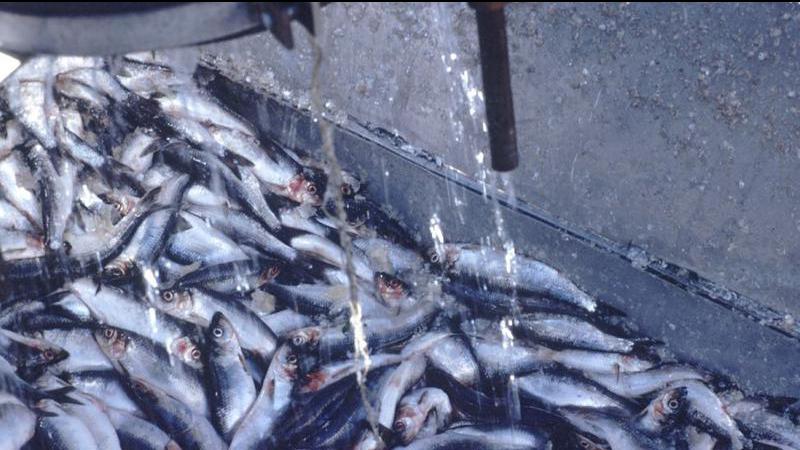
Because of those concerns, officials from both Indigenous communities have called for the herring fishery to remain closed.
“This decision will allow herring populations to recover and increase dramatically, benefit multiple marine populations, improve First Nations’ food security, and in the long-term increase confidence for multiple commercial and recreational fisheries,” it says.
In February, the DFO announced that 2021 will be a limited year for herring catch opportunities, allocating a maximum harvest level of five percent or 910 tonnes for the Prince Rupert District.


